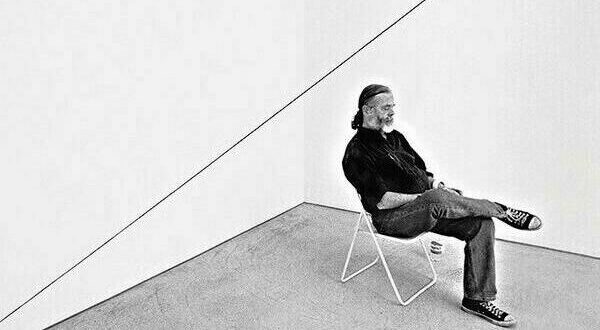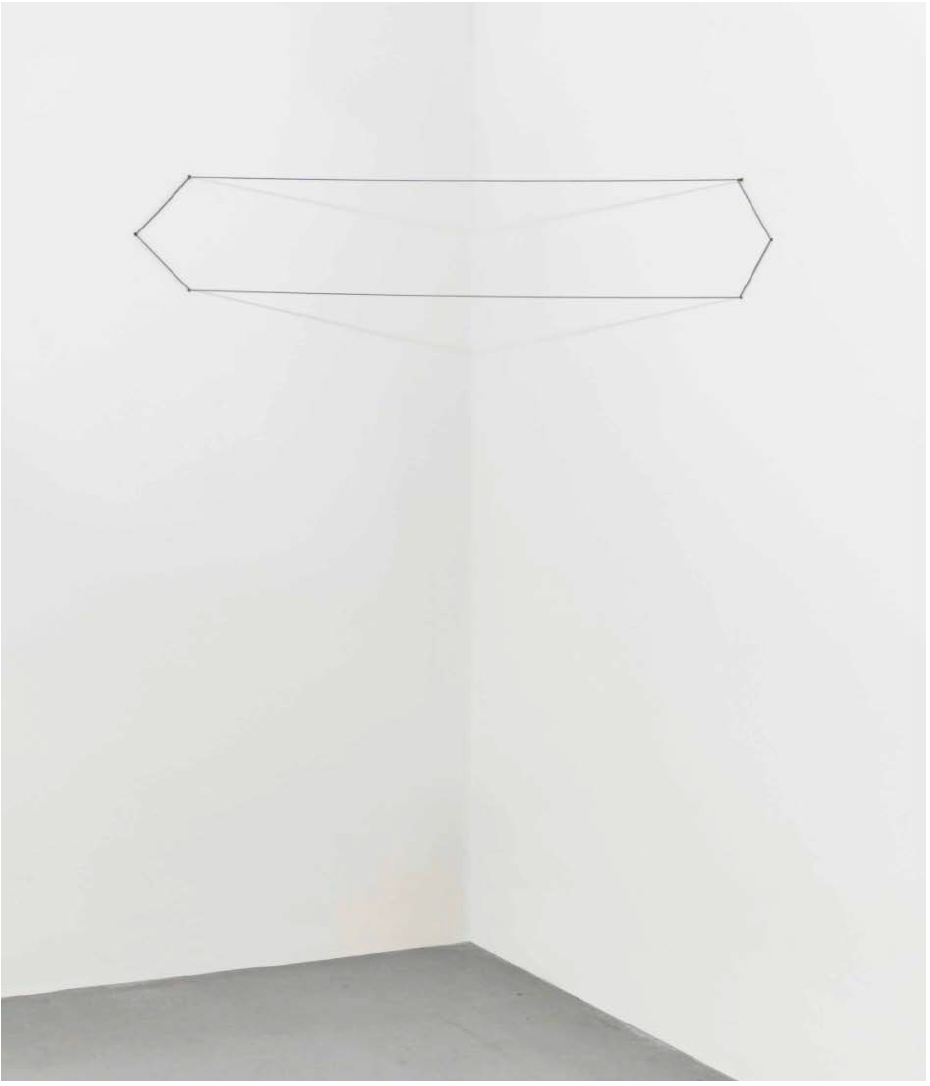Fred Sandback
Born in Bronxville, New York in 1943, Fred Sandback studied philosophy and sculpture at Yale University, where he earned his BA in 1966. From the late 1960s onward, he developed a singular sculptural vocabulary using elastic cord and later acrylic yarn to define planes and volumes in space. With the most minimal of means, Sandback created subtle yet precise spatial delineations that transform the viewer’s perception of architecture and void.
Although his work engages deeply with drawing and architectural experience, Sandback is best known as a leading figure of Minimalism, alongside artists such as Dan Flavin, Donald Judd, Sol LeWitt, and Carl Andre. His practice, however, stands apart for its emphasis on immateriality, perception, and the viewer’s movement through space—qualities that would later influence generations of installation and conceptual artists.
Sandback’s work invites a reconsideration of what sculpture can be: a physical presence defined not by mass, but by the delicate tension between line, light, and space.

